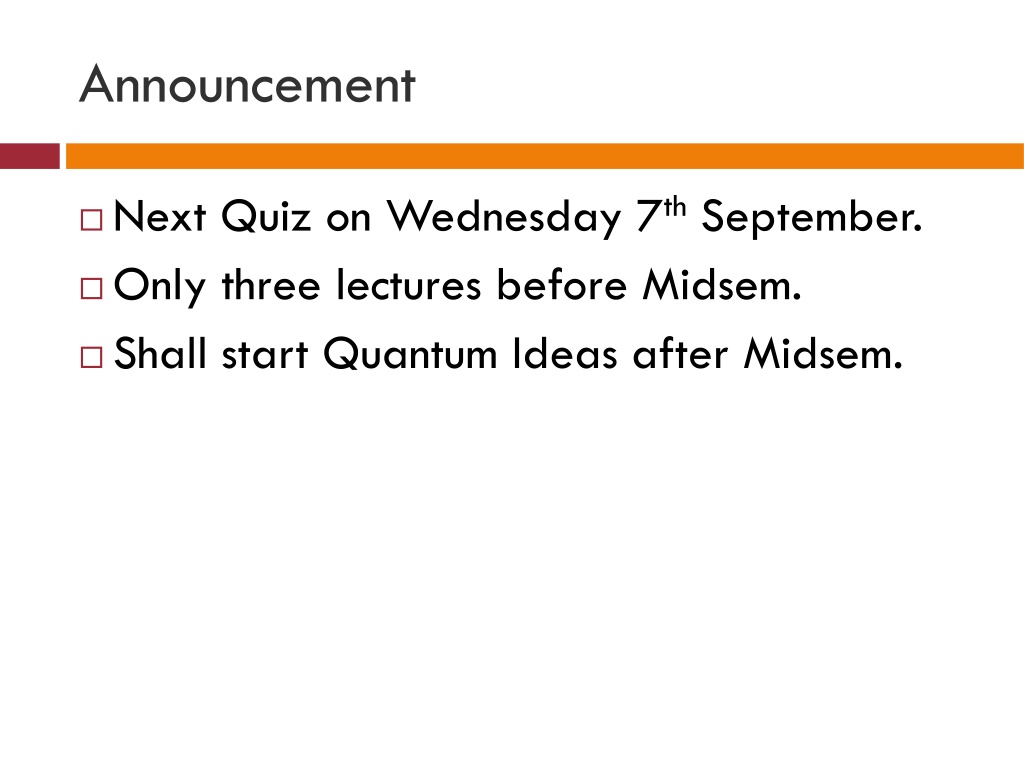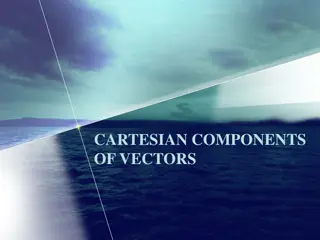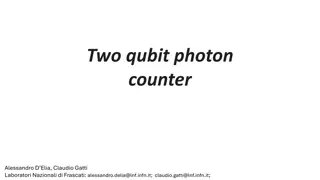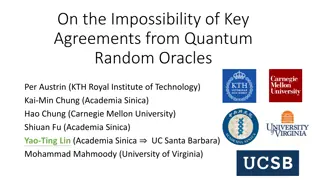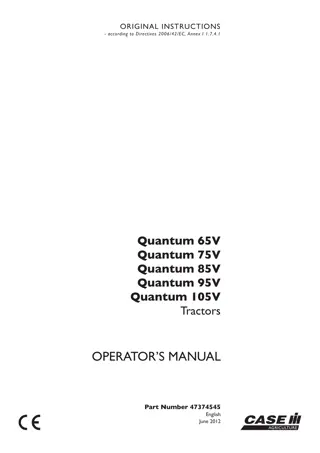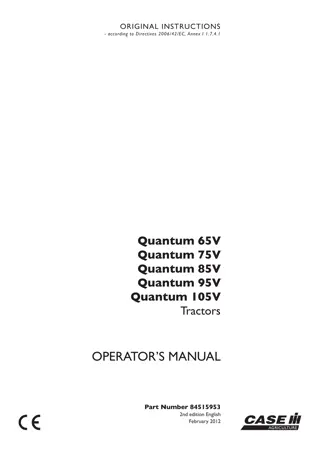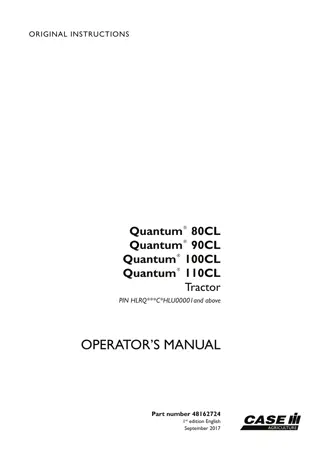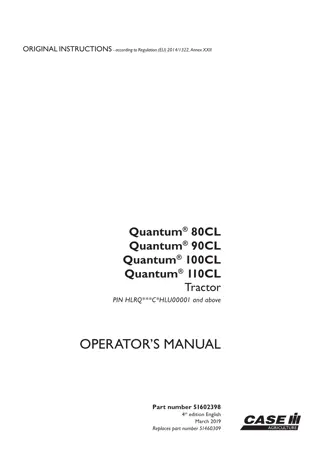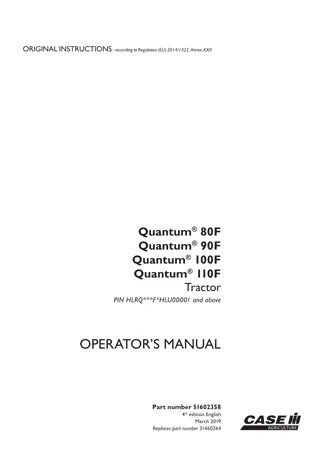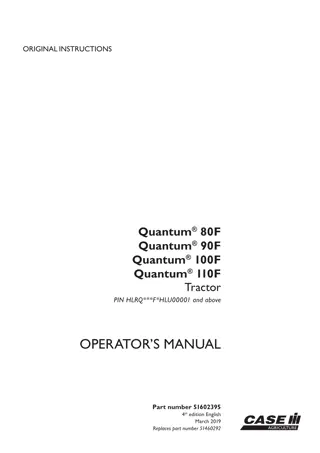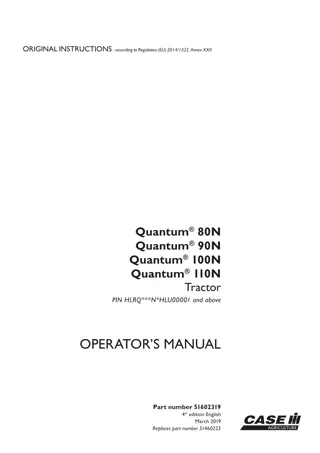Quantum Ideas and Four-Vectors in Minkowski Space
This announcement covers upcoming quiz details, introduction of Quantum Ideas, definition of momentum, and concepts of Four-Vectors in Minkowski Space. It explores dot product calculations, proper time intervals, and examples related to space-like intervals.
Download Presentation

Please find below an Image/Link to download the presentation.
The content on the website is provided AS IS for your information and personal use only. It may not be sold, licensed, or shared on other websites without obtaining consent from the author.If you encounter any issues during the download, it is possible that the publisher has removed the file from their server.
You are allowed to download the files provided on this website for personal or commercial use, subject to the condition that they are used lawfully. All files are the property of their respective owners.
The content on the website is provided AS IS for your information and personal use only. It may not be sold, licensed, or shared on other websites without obtaining consent from the author.
E N D
Presentation Transcript
Announcement Next Quiz on Wednesday 7thSeptember. Only three lectures before Midsem. Shall start Quantum Ideas after Midsem.
Recapitulate We need a new definition of momentum. In the process we introduced the concept of Four Vectors.
Minkowski Space and Four Vectors 1 A A A A A A A A 0 1 0 0 0 0 i 1 0 0 i 0 0 2 2 = 1 0 3 3 4 4
Dot Product of two four vectors + + + . AB 1 1 AB A B A B A B 2 2 3 3 4 4 This dot product is a four scalar implying that its value does not change when we change frame from S to S .
Example of a four vector x, y, z and ict are components of a four vector. x y z 0 1 0 0 0 0 i x y z 0 0 i 0 0 = 1 0 ict ict
Magnitude of Displacement s s The dot product referring to two events is given by ( ( ) ) 2 s s s ( ) ( ) ( ) 2 2 2 2 = + + 2 x y z c t
Proper Time Interval The Proper time interval is defined as follows, which is a four scalar. ( ) 2 s ( ) 2 = 2 c
Proper Time Interval Is consistent with earlier definition of proper time interval. Is imaginary for space like intervals, where it is not possible to find a frame in which the events occur at the same position. Is more general definition of proper time interval.
Example 6: Proper Time Interval Consider two events in S. E1: x1=150 m, t1=0.3 s E2: x2=210 m, t2=0.4 s x = 60m c t=3x108x.1x10-6 =30 m Space Like
Proper Time Interval + + 2 2 2 ( x y z ) = 2 t 2 c 900 c 3600 c = 2 2 2700 c = 2 = 0.173 i s
Same Events in S Let v=0.6c, so = 1.25 30 c = = x 1.25 60 0.6 c 52.5 m 30 c 60 0.6 c c 7.5 c = = t 1.25 2
Proper Time Interval + + 2 2 2 ( x y c z ) = 2 t 2 56.25 c 2756.25 c = 2 2 2700 c = 2 = 0.173 i s
Example 7: Vertical Fall An object is moving in S frame in negative y direction with a constant velocity and travels a fixed tower of height 288 m in 1.2 s. Find the proper time interval for crossing the tower. Verify the same for a frame S which is moving in +x direction with a speed 0.6c.
Vertical Fall u H S v S
In S E1: x1=0, y1= 288 m, t1=0 E2: x2=0, y2=0, t2= 1.2 s + + 2 2 2 ( x y z ) = 2 t 2 c 2 288 9 10 = 12 1.44 10 16 = 0.72 s
In S = = = = 1.25 1.25 (0 270 288 m 1.2 10 ) 6 x 0.6 c y 0.6 c c 0 = 1.25 (1.2 10 6 t ) 2 = 1.5 10 6
Proper Time Evaluated in S + + 2 2 2 ( x y c z ) = 2 t 2 + 2 2 (270 288 ) = 12 16 2.25 10 10 ) 9 = = 12 0.5184 10 0.72 s
Question? We note . = t t Is time dilation applicable here? Is any of the time interval truly proper? Let us go to object frame. Assume that the object is in a gravity free space and moves with a constant velocity.
Transformation Equations in Object Frame 288 = = 2.4 10 m/s 8 v 6 1.2 10 5 =3 = x = = x y z ( z ) y - v t v y c = t t 2
Time interval in Object Frame x=0, y=288 m, t=1.2 s 5 3 0 ( ) = 2.4 10 1.2 10 8 6 y 288 = 2.4 10 8 5 3 0.72 s 288 = 1.2 10 6 t 2 c =
Using Time Dilation Formula Objet Frame to S 5 3 = = t 0.72 1.2 s This is as expected. Objet Frame to S . Find relative velocity
Velocity of Object in S Frame = = v 0.6 u c = = 2.4 10 m/s 8 u 0; u x z y
0 0.6 c x = = u 0.6 c 0 0.6 c c 1 2 2.4 10 8 8 2.4 10 1.25 y = = u 0 0.6 c c 1.25 1 2 = 8 1.92 10 m/s
Using time dilation formula 1 = ( ) 2 + 8 2 0.6 c (1.92 10 ) c 1 2 1 = 0.48 Thus we get the expected result for S frame 0.72 1.5 s 0.48 = = t
0.72 s u v=2.63x108 =1/0.48 v=0.8c =5/3 v S S v=0.6c =1.25 1.2 s 1.5 s
Velocity Four Vector Imagine two events are related to the displacement of a particle. s ds d = u lim 0
Calculation of Proper Time in S + + 2 2 2 ( x y z ) = 2 t 2 c 1 2 2 u t u 2 u c = 2 t 1 2 c 2 t = u
Velocity Four Vector in S ds d ds dt = u u The Four Components are thus given by dx dy dz d dt dt dt dt = ( ) , , , ( ict ) u u u ic , , , u u x y z
To obtain velocity transformation x c i u u u u u u ic 0 1 0 0 0 0 i u u x 0 0 i 0 0 u y u y = 1 0 u z u z u u
Expanding x = = = = + u u u ic u i ic u u u u x u u y u y u z u i z + u ic u u x u
Fourth Equation = = + ic i u ic u u x u ( ) i c u u x vu c = 1 x u u 2
Substitute in First Equation x = + u u i ic u u x u vu c u ( ) = 1 u u v x u x u x 2 ( ) v x = u x vu c 1 x 2
Substitute in Second Equation y = u u u u y vu c = 1 u u x u y u y 2 u y = u y vu c 1 x 2
The Last Equation vu c 1 1 1 = 1 x 2 2 2 2 2 2 2 1- u / c 1- (1 v c v / 1- ) (1 vu c u c / 2 2 2 2 / c u / c ) = 2 2 (1 u / c ) 2 1 x 2
2 2 2 2 (1 v / c ) (1 vu c u u / c ) = 2 2 (1 u / c ) 2 1 x 2 2 2 2 2 2 2 ( c v )( c vu c ) ( c u vu c ) = = 2 2 c u 2 2 2 2 c 1 1 x x 2 2
Length square (velocity Four vector) ( + ) + ( ) ( ( ) ) ( ) 2 2 2 2 + + u u u c u x u y u z u = 2 2 2 2 2 u u u c u x y z 2 2 u c = 2 u c 1 2 = 2 c
Example 8: Velocity Four Vector Take the numbers from the Example 7. The object velocity components are as follows. In S: ux=0, uy=0.8c In S moving with v=0.6c: ux=-0.6c, uy=0.8c/ . =1.25
u ux=-0.6c, uy=0.8c/1.25 u =1/0.48 uy=0.8c u=5/3 S v S v=0.6c =1.25
Components in S 0 0 4 3 0 5 5 3 c 0.8 c = 0 5 3 c i c i 3
Components in S 0.6 0.48 0.8 c 5 c 4 c 4 3 0 ic c = 0.48 1.25 0 ic 0.48 0.48
The Transformation Equation 1.25 4 3 0 c 0.48 c 0 4 3 0 5 3 0 1 0 0 0 0 i c c 0 0 i 0 0 = 1 0 i i c
Verification 0.6 c c 5 3 c = 1.25 c i 1.25 i ic i c 5 3 = 1.25 0.48
Momentum Four Vector We need that irrespective of v, or the conservation of momentum should be valid. What is the fourth component? 1 A A A A A A A A 0 1 0 0 0 0 i 1 0 0 i 0 0 2 2 = 1 0 3 3 4 4
Rest or Proper Mass, A four scalar We define a proper or rest mass as mo. Then following would be a valid four vector components with dimension of momentum = = p m u m ( , ) u ic m m m m u u u ic o o u o u x o u y o u z o u
New Symbols m m p ; m u u o u o Thus the momentum four vector can be written as follows. = = p m u ( , p imc ) o
Fourth Component Taking clues from classical mechanics and our discussion so far, let us define force vector and four vector as follows. dp dt dp d F F
Using Force Four Vector dp d dp dt dm dt = = F u dp dt dm dt = = , ic F ic , u u
Force Velocity Dot Product Let us obtain a four scalar by taking dot product of force and velocity Four Vectors. dm dt ( ) F u = . F i , c u ic , u u dm dt = F u 2 2 c u
Time Derivative of m dm dt d dt 1 u = m o 2 2 1 / c 2 c u u du 2 1 2 (1 ( u dt = m o 3/2 2 2 / c ) m u du dt / ) = o 2 2 2 3/2 ) c (1 / c
A frame in which the instantaneous velocity is zero dm dt F u = F u = 2 2 c 0 u In all frames 2dm dt F u = c E = mc2
